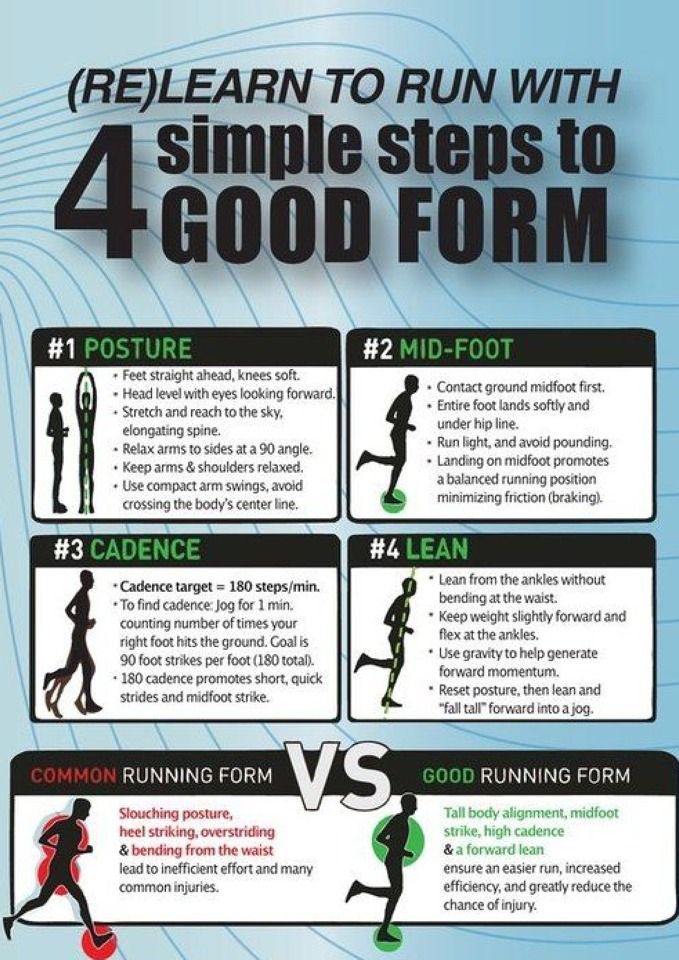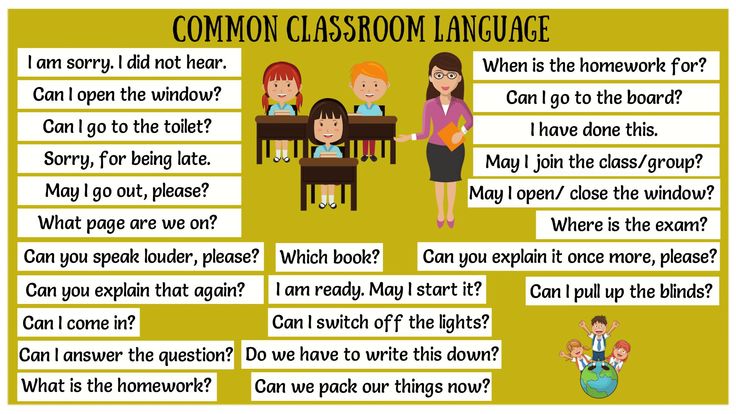How to stop a child from slouching
6 ways to fix your kid’s bad posture
Whether your kid has already started slouching or not, it's never too late to teach good "spinal hygiene." Their backs will thank you later.
About a year ago, Toronto mom Shira Blum* finally decided to do something about her seven-year-old daughter’s gait. “Yael had always walked a little funny, which is kind of normal for a toddler, but it didn’t go away,” says Blum, who describes her daughter’s feet as being slightly turned in. This created tightness in Yael’s hips and affected her movement, posture and even the way she danced.
Despite Yael’s doctor being unconcerned, Blum took Yael to her own chiropractor, who worked on her feet, hips and knees. It helped a bit, but she says the real magic was an appointment with a rolfer. (Rolfing is often described as a type of deep-tissue massage and body manipulation; it’s considered alternative medicine and its benefits are scientifically unproven.) “I was amazed,” she says. “After just one session, she was standing more upright and her feet were straighter versus turned in.”
Even if your kid doesn’t show any signs of unusual gait or excessive slouching, you should still keep an eye on their overall posture and teach them “spinal hygiene” to keep their backs happy in the long term. Here are some tips.
1. Find a backpack that fits
According to the American Academy of Pediatrics, backpacks that are too heavy or are worn incorrectly can cause muscle and joint injury, along with back, neck and shoulder pain. Look for a pack with wide, padded shoulder straps and a waist strap to help with weight distribution. Encourage your child to wear their backpack on both shoulders rather than throwing them over just one shoulder, which can lead to muscle strain, numbness and tingling.
A good rule of thumb is that a full backpack shouldn’t exceed 15 percent of your kid’s weight. Rolling backpacks can reduce strain if your kid is carrying an extra-heavy load, but they can be hard to use on stairs and in crowded hallways.
2. Set the stage for good posture at home
A proper desk set-up encourages healthy alignment and should include a comfortable chair and space for a computer. Try to avoid your kid using a laptop on their bed or in their lap. “Looking down all the time puts a lot of strain on the neck,” says Toronto chiropractor Ann Mussett. This can cause pain and inflammation in the short term, and possibly impact how kids’ bodies develop and grow over time.
3. Teach them how to sit properly
While it’s tempting to tell our hunched-over kids to “sit up straight,” this isn’t a particularly helpful approach, says certified rolfer Allison Talacko, because they’ll end up sitting in a way that’s unnaturally rigid. Instead, she suggests teaching your child to sit on their “sits bones”– the bony protrusions you can feel if you slide your hand under your butt while sitting. “Once you’re centred on your sits bones, you can move back and forth, you can roll around on them—your whole body can start to organize itself around a supportive base.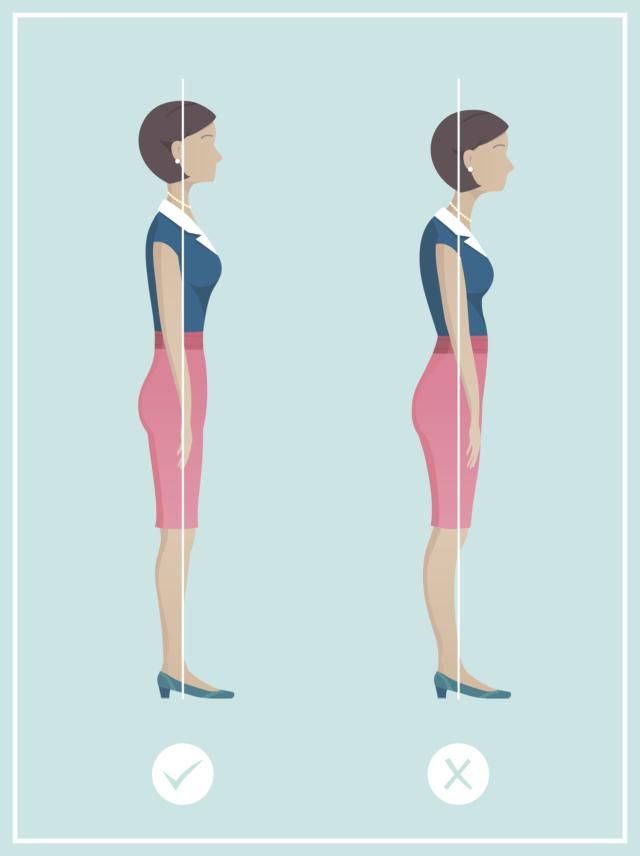 ” Talacko often uses the image of a penguin to explain it to kids: “I tell them to pretend they have little penguin tails and flip them back and find their sits bones,” she says.
” Talacko often uses the image of a penguin to explain it to kids: “I tell them to pretend they have little penguin tails and flip them back and find their sits bones,” she says.
4. Switch up their position regularly
More important than your child’s posture at any given time is how long they are sustaining it. “So if you’re sitting in a funny position, make sure you’re changing it all the time,” says Mussett, who suggests using a 30-minute timer if this is an issue in your home. You could also consider yoga balls, which Blum recently bought for her daughters for when they’re watching TV. “You can’t actually slouch on them,” she says. “They force you to sit properly.”
5. Fight bad posture with movement
One of the biggest risks to posture is lack of physical activity, with the correlation between good posture and activity well documented. “Kids who exercise tend to have better posture, more upright versus slumped,” says Mussett. “So just getting your kids moving is key. ”
”
Talacko uses play and imagery to encourage movement, instructing kids to move like a tree—for example, by having them root from below, and lengthen and grow, and then relax. She also gets them to pretend their chin is a crayon and has them “draw” on the ceiling. “Drawing all the colours of the rainbow, for example—but looking up, because they’re always looking down,” she says. And she gets them to view their feet like wheels of a car. “I ask them, ‘How well does a car move if the wheels are pointing out?’ Just having them focus on the wheels of their feet moving forward, and feeling all their toes, feeling their heels,” is helpful, she says.
6. Make it a family affair
Talacko suggests having a dance party or a movement party on the rug. “Pretend you’re a cat or a tiger—because they move through their rib cage,” she says. Creating TikToks and family yoga are also great ways to invite movement: Poses like cat-cow create fluidity in the spine, while downward dog relieves back pain and strengthens the abdominal muscles that help support the spine.
Says Mussett: “Good spinal hygiene, exercise, movement and breathing—if you put those four things into your kid’s life while they’re young, they’ll take them into their teen years and beyond.”
*Name has been changed
Stay in touch
Subscribe to Today's Parent's daily newsletter for our best parenting news, tips, essays and recipes.- Email*
- CAPTCHA
- Consent*
Yes, I would like to receive Today's Parent's newsletter. I understand I can unsubscribe at any time.**
FILED UNDER: Family fitness Family health health service seo Kids health Posture
How to treat slouching in children
“I’m worried about my daughter’s posture. What can I do about it other than constantly nagging her to stand up straight?”
You’re probably talking about “kyphosis,” which is the rounded-shoulders, hunched forward kind of posture common in children and many adults.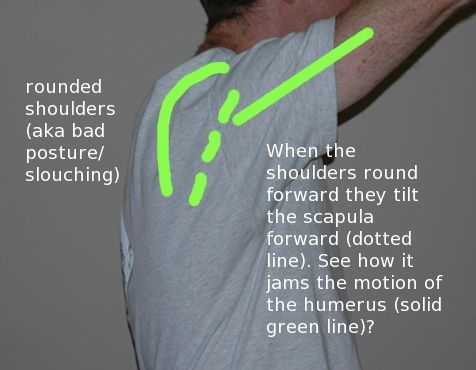 It’s often called “postural kyphosis” because it can be corrected if the child tries to stand straight up. Rarely, there’s a genuine spinal deformity, called Scheuermann’s Kyphosis or Scheuermann’s Disease, which cannot be corrected voluntarily. If you’re not sure if your daughter can correct the slouch even if she tries, see an orthopedic specialist.
It’s often called “postural kyphosis” because it can be corrected if the child tries to stand straight up. Rarely, there’s a genuine spinal deformity, called Scheuermann’s Kyphosis or Scheuermann’s Disease, which cannot be corrected voluntarily. If you’re not sure if your daughter can correct the slouch even if she tries, see an orthopedic specialist.
The majority of slouching children don’t have any kind of deformity. Their posture is probably caused by a mixed bag of habit, rapid growth, social pressures, poorly balanced muscle tone, and perhaps a dash of childish rebellion.
The scientific literature is very scanty on effective therapy, with very few decent published reports. I searched both the traditional medical literature and some osteopathic and chiropractic journals, and found nothing that really shows what modalities are genuinely effective. There’s an overall impression that postural training and exercises might help, and a few studies support the use of pilates or similar exercises in adults, but there really isn’t any proof that they help in children.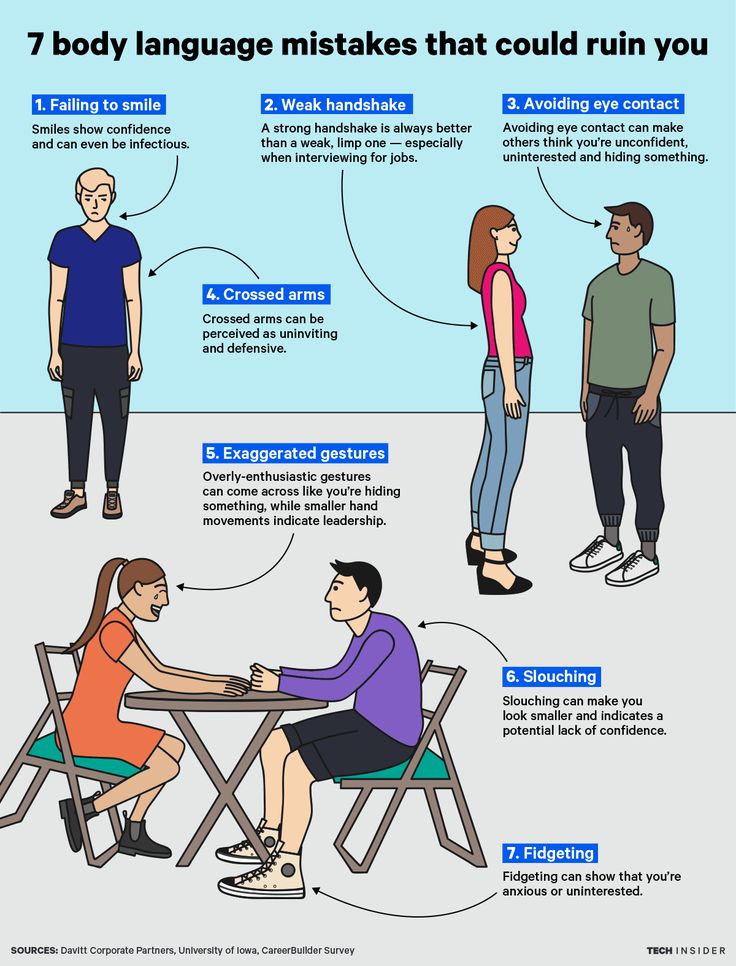 Zero studies have looked at the effectiveness of nagging (which, by the way, didn’t work for my mom. Maybe you’re better at it).
Zero studies have looked at the effectiveness of nagging (which, by the way, didn’t work for my mom. Maybe you’re better at it).
Even though there isn’t much scientific support, some ideas are probably worth trying. Is your daughter especially tall, or an early developer? Some tall girls are shy about towering above their peers, and deliberately shrink down to they don’t stand out. Girls who develop early or are well-endowed sometimes try to minimize the appearance of their chest by hunching forward—not to mention the physical effect of the weight on the front of their chests.Talk to your daughter if you think there is some deliberate slouch going on to support her own self-esteem and pride in her body.
Exercising can only help. Building strong core muscles and back extenders ought to pull back the shoulders and straighten posture. Stretching, pilates, or even light resistance work would all be helpful. Some specific exercises to strengthen the back include:
Back flys: Sit in a chair, holding two cans of soup.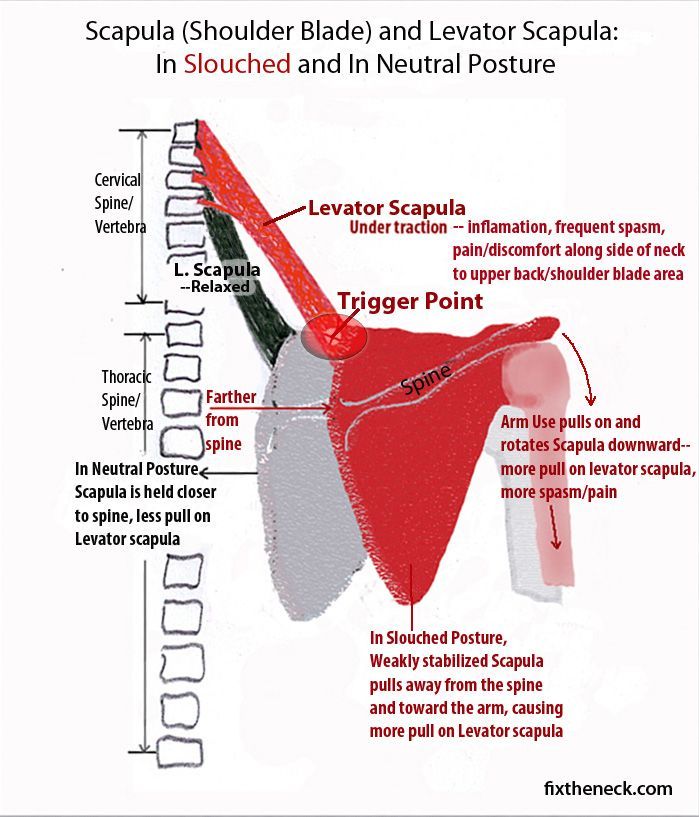 Bend forward at the waist so your head is just about at the level of your knees, and lift the soup cans up as if you’re using your arms to fly. Flap your “wings” slowly, staying in control both on the down-flap and up-flap, several times. Try to hold the soup up at the top of the flap for several seconds before the next down-flap.
Bend forward at the waist so your head is just about at the level of your knees, and lift the soup cans up as if you’re using your arms to fly. Flap your “wings” slowly, staying in control both on the down-flap and up-flap, several times. Try to hold the soup up at the top of the flap for several seconds before the next down-flap.
Shoulder blade squeeze: sit up straight in a chair. Draw your shoulder blades together, imagining that you’re holding a little box between them. You can also do this exercise standing, or leaning over.
An exercise bonus: more time active means less time slouching in front of the computer or TV!
Try to build “muscle memory” by maintaining good posture all the time. Pay attention to how you’re sitting in front of the computer, or watching TV, or talking on the phone. Slouching is a habit that has to be “broken” by creating a new habit of sitting up and standing up straight. The good habit will get more firmly established by doing it all the time.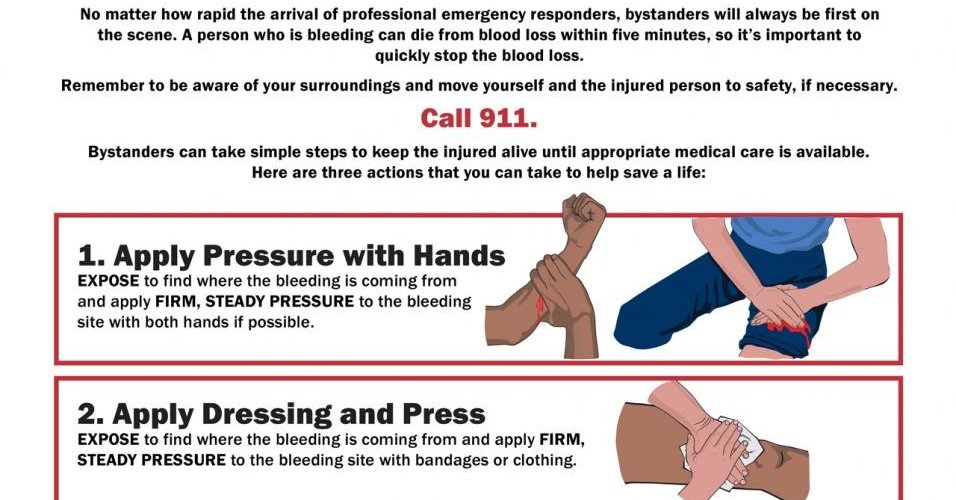
And if this doesn’t work, there’s always more nagging.
Roy Benaroch is a pediatrician who blogs at The Pediatric Insider. He is also the author of Solving Health and Behavioral Problems from Birth through Preschool: A Parent’s Guide and A Guide to Getting the Best Health Care for Your Child.
Tagged as: Patients, Primary Care
Founded in 2004 by Kevin Pho, MD, KevinMD.com is the web’s leading platform where physicians, advanced practitioners, nurses, medical students, and patients share their insight and tell their stories.
CME Spotlights
From MedPage Today
Don't slouch! Why a child stoops and how to avoid posture problems | Child health | Health
What should I do if my child stoops? How to form a correct posture in a child from birth and prevent problems with the spine? What will help maintain the correct position of the spine during long sitting sessions? AiF.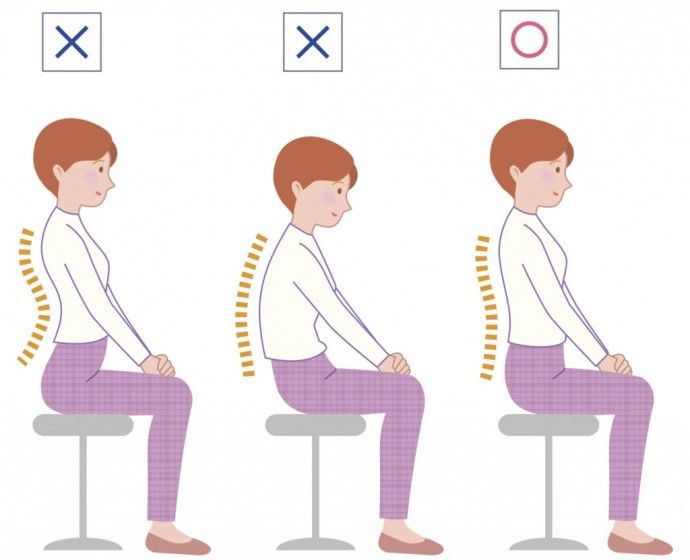 ru talked about this with doctor of medical sciences, professor, traumatologist-orthopedist Lyudmila Mikhailova .
ru talked about this with doctor of medical sciences, professor, traumatologist-orthopedist Lyudmila Mikhailova .
Milich Maya, AiF.ru: What causes problems with posture in a child? nine0004
Lyudmila Mikhailova : Today, physical inactivity is the main cause of postural disorders. Parents often adjust their child to their daily routine. For example, they sit on the sofa in the evening, watch TV, and the child next to them sits in a flexion position when the head and shoulders are lowered. This happens, unfortunately, even with children under one year old. Instead, parents should be aware of the importance of constant activity for the child. A child, like a kitten or a puppy, needs constant movement, running around, overcoming heights, crawling. It is extremely harmful for children to sit, because only the flexors work in this position, and when children run, jump, climb on something or get off, the muscles work synchronously, both in flexion and extension.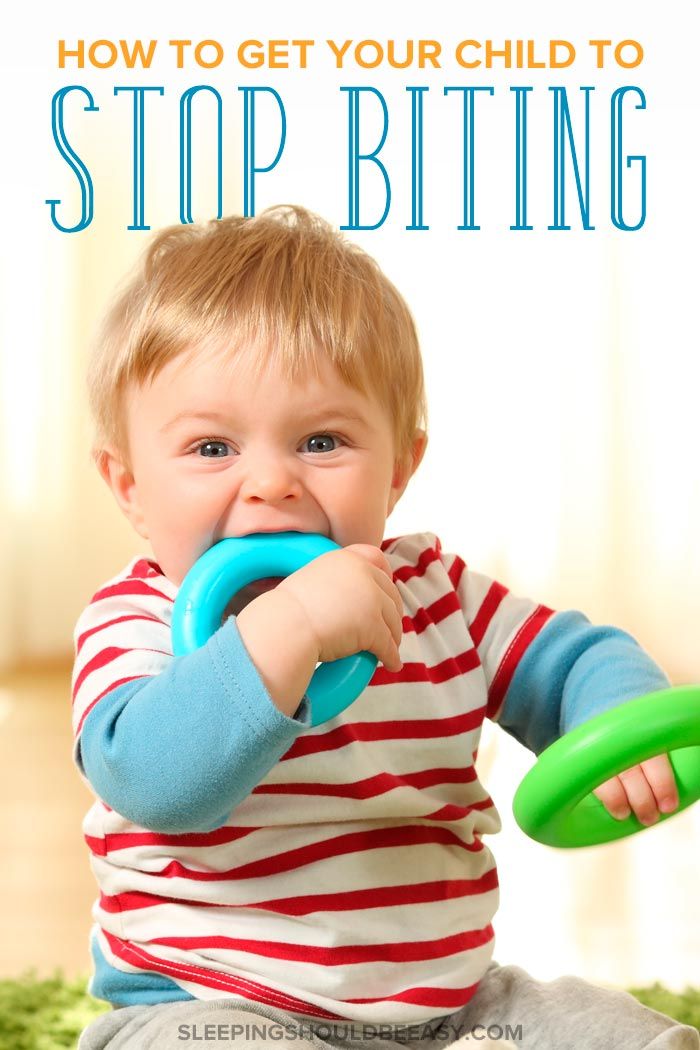 nine0005
nine0005
Today, children are often deprived of the opportunity to actively move. On the streets, children no longer draw hopscotch to jump, no one climbs trees, no one jumps in playgrounds. At the same time, attending sports sections does not develop children sufficiently.
In addition, children used to run during breaks at school, but now they are leaning over “sitting on their phones”, which also plays a role. Although modern gadgets have one plus - they are a wonderful motivation, with their help you can achieve something from a child, for example, doing exercises. Of course, you can’t deprive everything either, but you should look for an alternative. For example, let the child play on the phone for the allowed time, but not sitting, but lying on his stomach on the floor. nine0005
From birth
— What should parents do to ensure that their child's posture is formed correctly?
- It is necessary to engage in posture from an early age.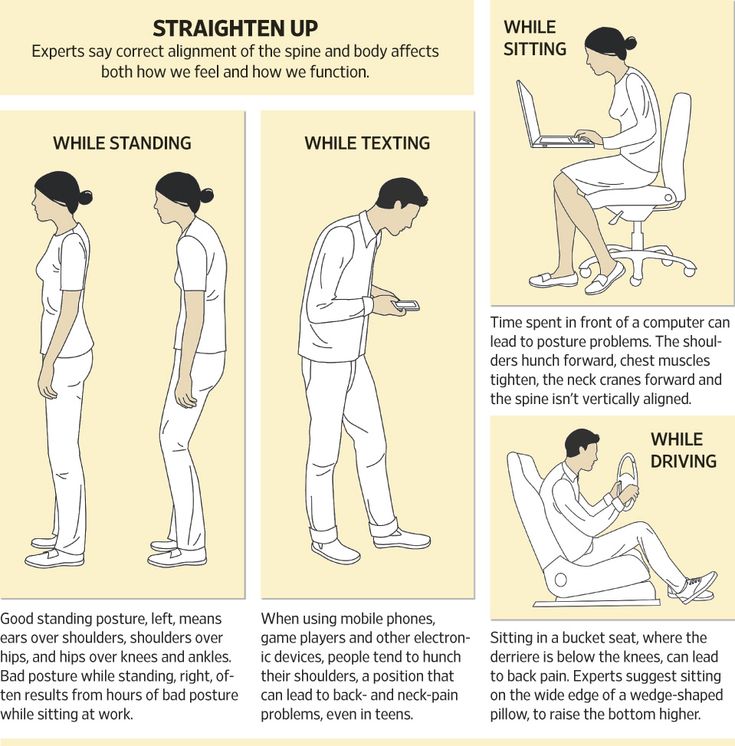 When the child is very small, that is, in the first 1.5–2 months, he can be kept in the crib. But after two months, the baby needs movement. Of course, you need to constantly look after him and at the same time somehow do routine household chores. An playpen will help in solving this problem, where the child can play, crawl, entertain himself while his mother is busy. The baby bed must only be used for sleeping. It is better to accustom to the arena from 1.5 months, up to six months the child can spend part of the active hours there. The playpen should be as large as possible so that the child has room for rolls over the barrel and for crawling. nine0005
When the child is very small, that is, in the first 1.5–2 months, he can be kept in the crib. But after two months, the baby needs movement. Of course, you need to constantly look after him and at the same time somehow do routine household chores. An playpen will help in solving this problem, where the child can play, crawl, entertain himself while his mother is busy. The baby bed must only be used for sleeping. It is better to accustom to the arena from 1.5 months, up to six months the child can spend part of the active hours there. The playpen should be as large as possible so that the child has room for rolls over the barrel and for crawling. nine0005
Then, after six months, it is worth equipping a “children's” corner in the apartment. It is best to equip the playing place on the floor by laying a carpet on the floor and laying out the toys. The purpose of this is for the child to learn to move himself in space, controlling the muscles. At the same time, of course, you need to constantly play with the child, exercise on the ball, do light and developmental exercises suitable for age and indications.
It is extremely important to develop a crawling reflex in a child, for example, lie down next to the baby so that he climbs and learns to crawl over an adult. nine0005
But most often, parents make one mistake - they wrap the child and put it separately, as a result we get hypodynamia, and the child must actively move his arms and legs. Problems associated with hypodynamia will not be solved by a massage therapist who comes once a day.
Correctly developed children who are in constant motion are less injured, as they know how to group. It is important to strictly follow the safety rules, the child should crawl only on the floor, if he moves himself along the bed, then an adult should be nearby, fully controlling the actions of the baby. nine0005
Talking that there are children who do not crawl, but immediately get up and start walking, is incorrect. In my opinion, such a scenario is most likely a consequence of small apartments, where the child simply had nowhere to crawl.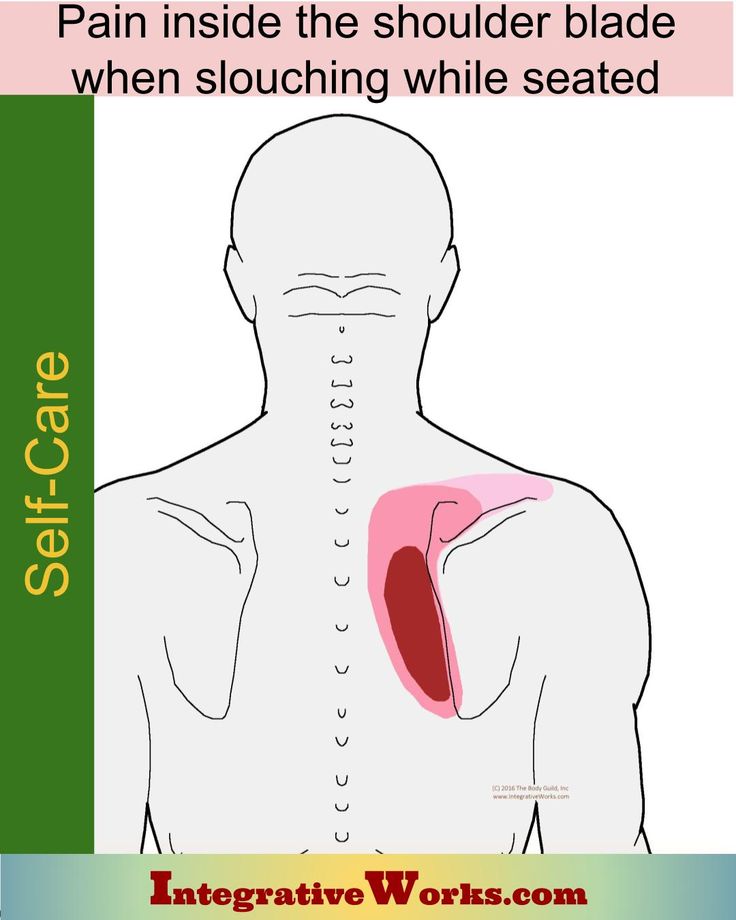 But you can move to a vertical position and learn to walk only after the child has learned to crawl. At the same time, children themselves must learn to get up, then climb and slide off the sofa.
But you can move to a vertical position and learn to walk only after the child has learned to crawl. At the same time, children themselves must learn to get up, then climb and slide off the sofa.
Consequences
— What can be caused by an incorrectly formed posture? nine0004
- Parents are afraid of such diagnoses as kyphosis and lordosis, but physiological kyphosis and mild lordosis is a normal condition that develops later. And this is not to be afraid, but to warn. The fact is that the child initially has an even spine, and in order for his posture to form correctly, strong flexors and extensors must be formed, so it is important to give a symmetrical load. And for this it is better than crawling, so far nothing has been invented. Sometimes we even give fast-growing children who have fast-growing limbs climbing stairs. You can make a child crawl with the help of special slides. nine0005
Parents themselves need to understand how important posture is.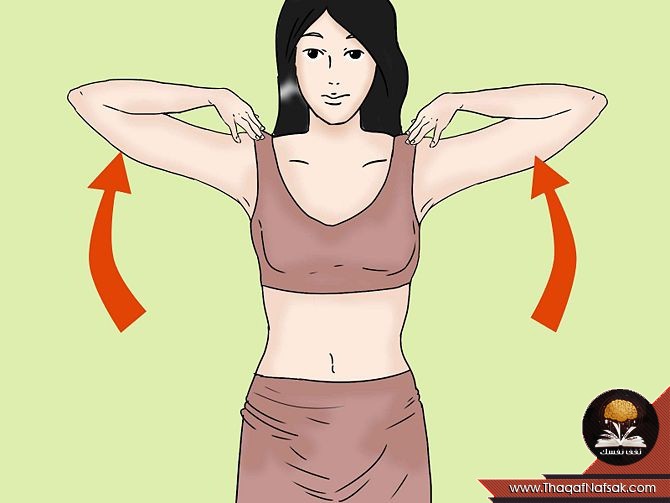 Because if it is formed incorrectly, this is a problem for life. Incorrect posture leads to dizziness, and to respiratory disorders, frequent colds, pathological reactions to the weather and headaches.
Because if it is formed incorrectly, this is a problem for life. Incorrect posture leads to dizziness, and to respiratory disorders, frequent colds, pathological reactions to the weather and headaches.
Learning while standing!
— How to organize training sessions?
— The main thing is that the child performs tasks not only while sitting, but also standing or even lying on his stomach. There are also special jobs for this. nine0005
Pathological kyphosis is formed just from a long sitting position, it is also called the "penknife" syndrome. To avoid this, after a year it is worth buying something like a desk for the child so that he can work standing up, for example, while drawing, flipping through books, drawing the first circles and crosses while standing. Standing or moving, the child even learns information faster. If he is tired, let him lie on the floor and continue to practice.
At the same time, a child of 4-5 years old should not be in a sitting position for more than 15 minutes.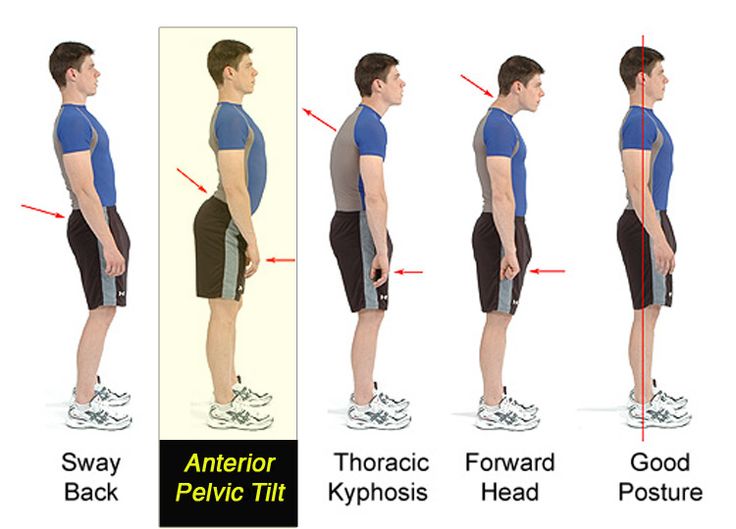 nine0005
nine0005
In addition, the child should be taken for walks three or four times a day, where he could run, run, climb hills, overcome obstacles, and so on. You need to constantly talk with the child so that he can develop speech. The game of children's "darts" is very useful, when the child throws balls at the target with one hand, then with the other. It is useful and easy to slowly climb the stairs, and not with a side step. But the swing is meaningless - the child sits and does not expend energy. At home, you can start a plank for a periodic “vis” position or a Swedish wall, you can dance. Sometimes you need to come up with activities for a child, especially if he is alone in the family. When there are many children, for example, two or three, then even without adults they will find entertainment for themselves and will move enough. The main thing is that everything happens under the supervision of adults. nine0005
Parents today often forget that they had more freedom and exercise as children. Now no one walks in the yards all day long, this causes problems with posture.
Now no one walks in the yards all day long, this causes problems with posture.
— What to do when the child begins to prepare for school and go to kindergarten?
— All the children are already sitting there for 30 minutes in class. Therefore, after classes, a long walk is obligatory, where the child runs around the playground, jumps on the hill, and so on - this will become the prevention of problems that result from a long sitting position at the desk. Of course, the child should not be allowed to sit, turning around with support on the right elbow (if he is right-handed) or on the left (if the child is left-handed), while hanging his head and “spread out” on the table. This situation indicates that the child is tired and it is time for motor activity. Because the most harmful thing is to sit for two or three hours without rest and at the same time not unbending. nine0005
By the way, children who are not trained are immediately visible - their heads are lowered, their shoulders are lowered, the shoulder blades are "winged" and seem to move away from the body. But the main thing is to form a posture even before school, then there will be no problems.
But the main thing is to form a posture even before school, then there will be no problems.
Which section to choose?
— If the student is already stooping, what should he do?
- To give to sports, and to which particular section - this is generally not important. The main thing is that the section is close to home, and the classes are conducted by an attentive coach, whom children do not annoy. Tennis is not the best choice as it is very one sided. Rhythmic gymnastics is a specific sport, training is aimed at developing the flexibility of the spine, which leads to kinks and overloads. But martial arts can help with the formation of the correct posture. Any game sport is a great choice, because then you can go dancing. nine0005
You need to go to the section as often as possible. Because this load will still not be enough, and parents should work with the child every day, because not a single sports complex works by itself. You need to do at home what is more like each particular family. Let the child show and repeat what he was taught in the section, or you can do gymnastics with the whole family, you can go for long walks, in winter you can skate or ski, you can do exercises on the Swedish wall or do push-ups daily, you can walk on your heels around the house etc. By the way, five minutes is enough for a full-fledged morning gymnastics. The main thing is that the child enjoys classes, that he likes to move, so the correct stereotype of posture will be laid. nine0005
Let the child show and repeat what he was taught in the section, or you can do gymnastics with the whole family, you can go for long walks, in winter you can skate or ski, you can do exercises on the Swedish wall or do push-ups daily, you can walk on your heels around the house etc. By the way, five minutes is enough for a full-fledged morning gymnastics. The main thing is that the child enjoys classes, that he likes to move, so the correct stereotype of posture will be laid. nine0005
"Don't slouch!"
— How are posture disorders in children and adolescents usually treated?
- The basis of posture correction is movement. Back corsets are a fixative for children who can no longer straighten themselves; this type of treatment is prescribed already at advanced stages. Violation of posture is the wrong mode.
We must not forget that we live in a region where there is little sun, so you need to walk a lot, at least four hours a day, and take preparations with vitamins A, D and purified fish oil. A sufficient amount of calcium is essential for the proper formation of the skeleton. But these moments should be regulated by a pediatrician. Parents should load the child so that he gets tired and falls asleep quickly. nine0005
A sufficient amount of calcium is essential for the proper formation of the skeleton. But these moments should be regulated by a pediatrician. Parents should load the child so that he gets tired and falls asleep quickly. nine0005
— What exercises can you do at home?
- Standing against a wall or a frame is effective, but more suitable for girls. It is better for boys to walk around the house on their heels, play with a pear, do hangs, make a corner in the hang and pull themselves up. It is important for boys to build muscle mass, because their skeleton grows very quickly. But manual therapy is not a way out of the situation, it is definitely not shown to children.
If you want to find the right gymnastics for your child, then you should consult an orthopedist, because there are no universal exercises, all people differ not only in weight and height, but even the options for the development of the spine can be very different. In addition, only a specialist can distinguish the pathology from the norm, so if your child’s posture is bothering you, consult a specialist, do not self-medicate. nine0005
nine0005
How to wean a child from stooping - and yourself too!
Do you know that there is a direct connection between a person's posture and his place in the hierarchy of society. What can parents do to ensure that their son or daughter has a beautiful back?
Even Sufi sages called the three whales on which success, smile, posture and mood rest. Experts have long proven that there is a direct connection between the human body and its psychological state. Beautiful posture is a sign of self-confidence, while stoop is closely related to complexes. nine0005
The close relationship between self-confidence, success, and good posture is one of the reasons why posture must be shaped from childhood.
People with good posture:
- More successful in private life, they are more attractive to the opposite sex
- More authoritative and less suggestible
- Have better health
Posture is the habitual position of the body in a state of rest or movement.
It's an established habit! nine0005
By the way, earlier, in institutes for noble maidens, the development of a graceful posture was a must. The noble maiden must have had good posture! Like the young cavalier: special attention was paid to teaching boys fencing and horseback riding!
Now, many children walk with their heads down, hunched over, and with relaxed abdominal muscles. Our age of high technology is partly to blame, because our children are already in the elementary grades comprehending the basics of computer literacy, and some of them sit at the PC for hours already at preschool age. This is where the slouching comes from. nine0005
Violation of posture is not only the appearance, it is also the first call to such diseases as: scoliosis, osteochondrosis, juvenile kyphosis and somatic disorders.
It is important to remember that the spine is fully formed by the age of 18-20. And until this time, parents should carefully monitor the correct posture of the child.

Do not neglect exercise therapy to prevent postural disorders! Almost all students need to perform exercises to maintain posture. nine0005
Correct posture is always easy to recognize : chest turned out, shoulders slightly back, shoulder blades close together, stomach tucked up.
But how to determine the violation of posture? At a distance of 1.5-2 meters from you, put the undressed child in his usual position.
Notice if the head is tilted forward or tilted back? Are the shoulders at the same level? Does one half of the chest protrude forward? What is the shape of the legs: are they o-shaped, x-shaped or straight? With the arms lowered, is there the same gap on the right and left between the body and arms? When leaning forward with arms down, are both halves of the back at the same level? nine0005
Helping a child to find the right posture, we open the way for a successful life. Doctor Bubnovsky's Center provides assistance to children with posture disorders. Regular physical exercises help to strengthen the muscular corset, form the correct posture.
Regular physical exercises help to strengthen the muscular corset, form the correct posture.
By the way, during the summer holidays, the Doctor Bubnovsky Center offers special prices for unique health-improving programs for children and adolescents from 6 to 18 years old. nine0005
In the summer, the children are free and it is easier for parents to find time to take care of the health of their children. Summer wellness children's programs include a free consultation with a doctor.
And a special bonus for adults - five simple tips to help you make good posture your constant companion:
- Keep your weight under control. Excess weight overloads the spine, especially the lower back, disrupts blood flow through the vertebral vessels. nine0114
- Do not neglect physical activity and gymnastics, for example, neck gymnastics, adaptive and joint gymnastics are very useful and not at all difficult and accessible to everyone
- Check with your doctor regularly.
